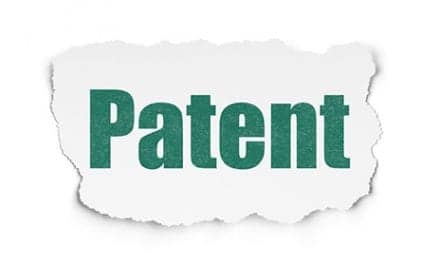.png)
The new technology, DaTscan, is designed to determine whether a dopamine deficiency is occurring and locate its occurrence. The device reportedly uses a small, injected radioactive molecule of iodine attached to ioflupane and a type of brain imaging known as single photon emission computed tomography (SPECT). The radiopharmaceutical-imaging agent then binds dopamine transporters (DaT) in the brain, researchers explain. Researchers add that the images provided by the scan exhibit visual evidence based on the density of dopamine transporters.
A press release from the Sarasota, Fla-based Sarasota Memorial Health Care System explains that even though DaTscan has been in Europe during the past decade, the nuclear medicine procedure was only approved by the FDA for use in the United States last year. Sarasota Memorial reportedly began offering the procedure in October 2011 and serves as one of only 154 testing sites for the procedure nationwide. The release reports that the hospital screened 55 patients in the first 3 months. According to researchers, 34 cases confirmed a PD diagnosis, 19 cases were normal, and two more were reportedly pending at the time of this report.
The press release reports that Parkinson’s medications can have significant side effects, and may cause doctors hesitate before prescribing the medicine until the possibility of essential tremor or other movement disorders are eliminated. In light of this, the potential for clarity is a key, Sutherland says, “Remaining in diagnostic limbo may mean a lack of treatment and information at a critical time in the patient’s disease and in their life, and that uncertainty can be all-consuming for some people.” Sutherland reports that the test results were about 95% accurate, providing potential implications for lending clarity to diagnosis.
For more information, visit http://www.smh.com
Source: Sarasosta Memorial Health Care System




